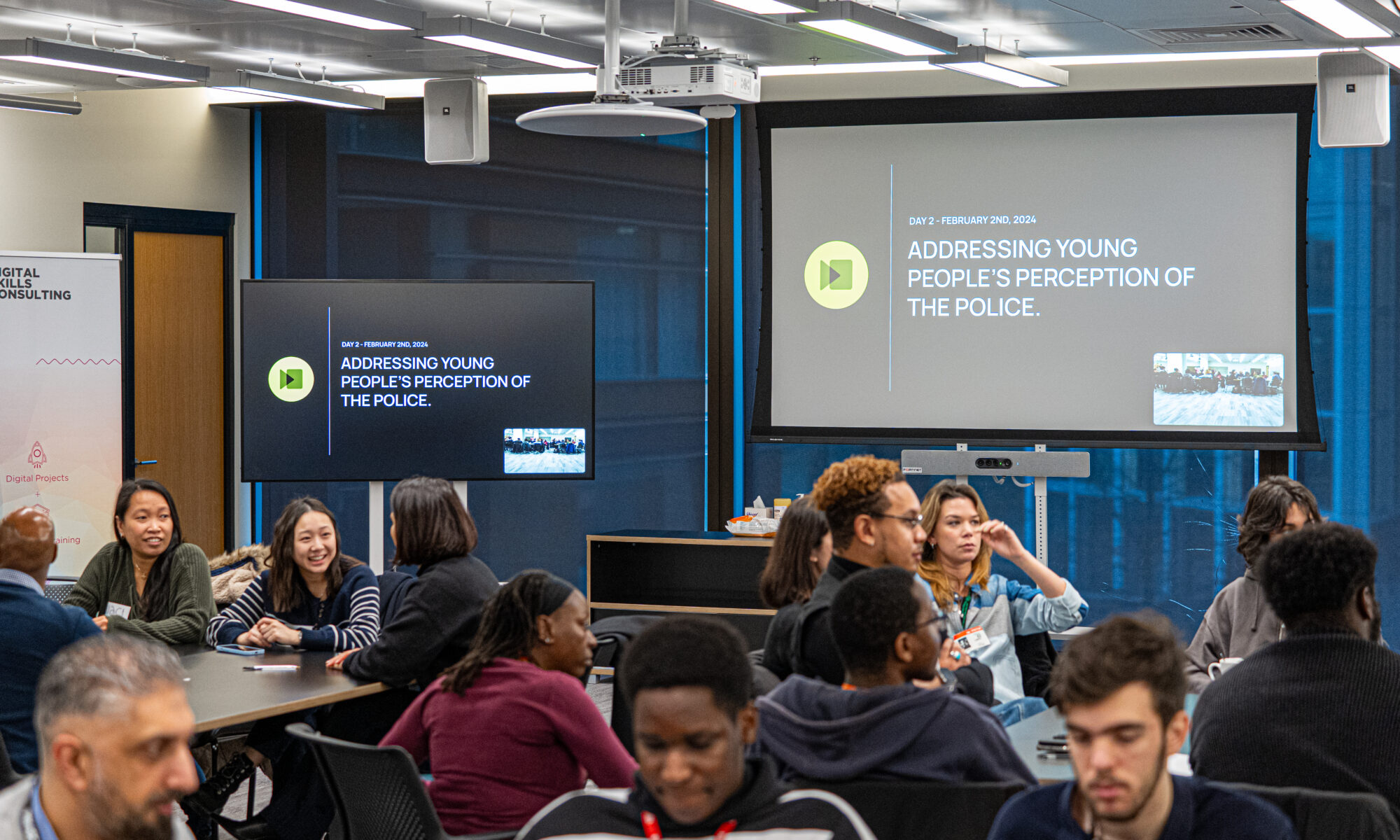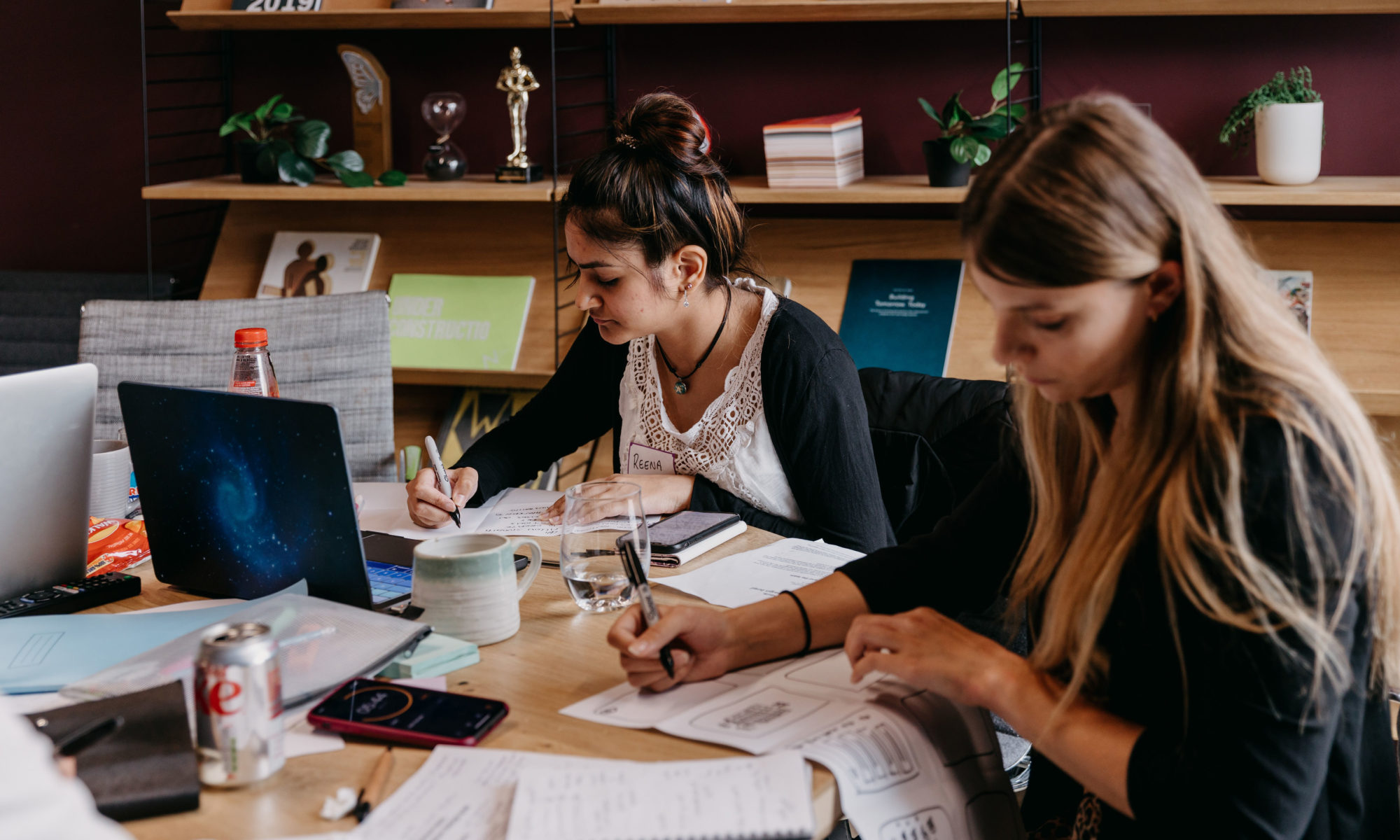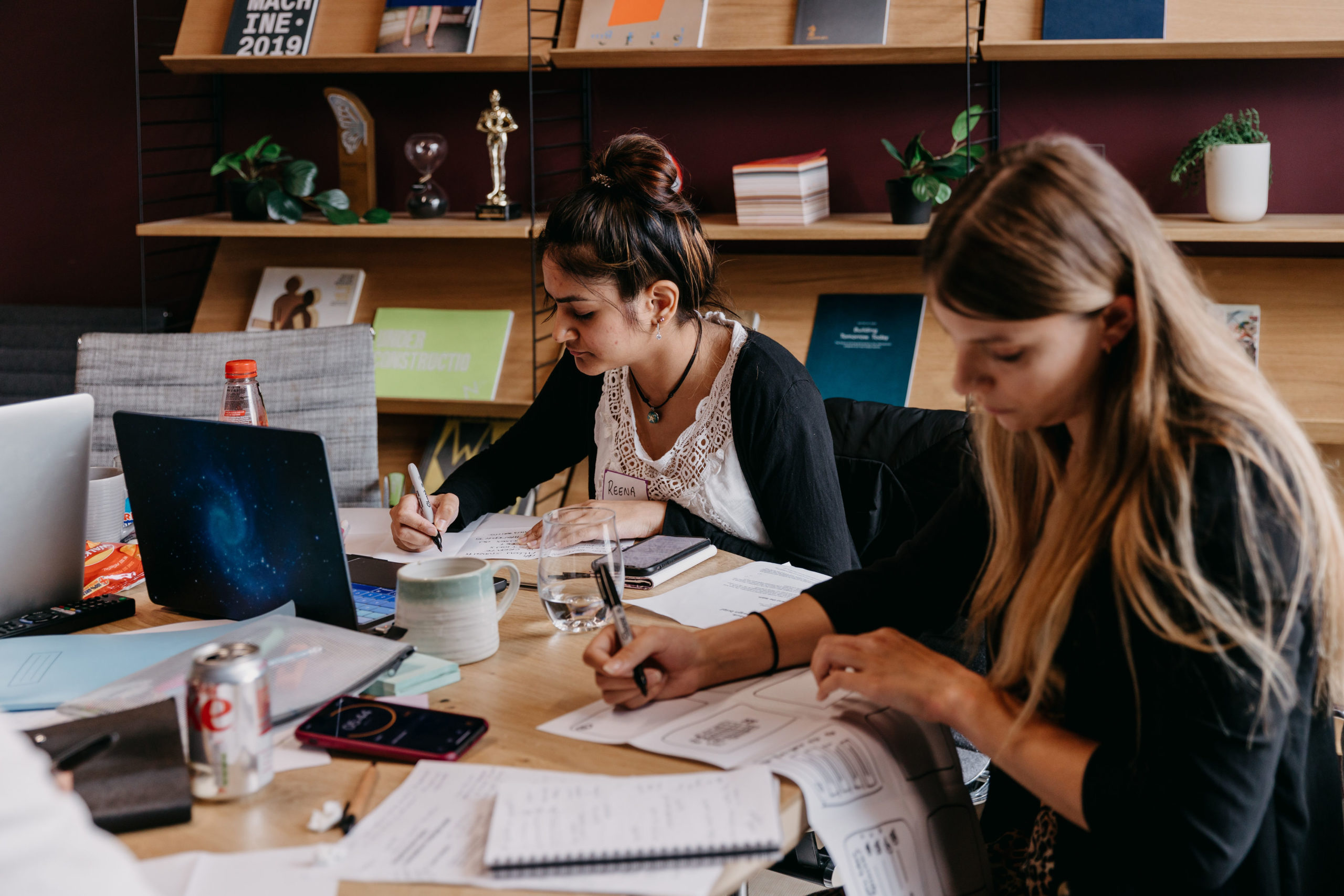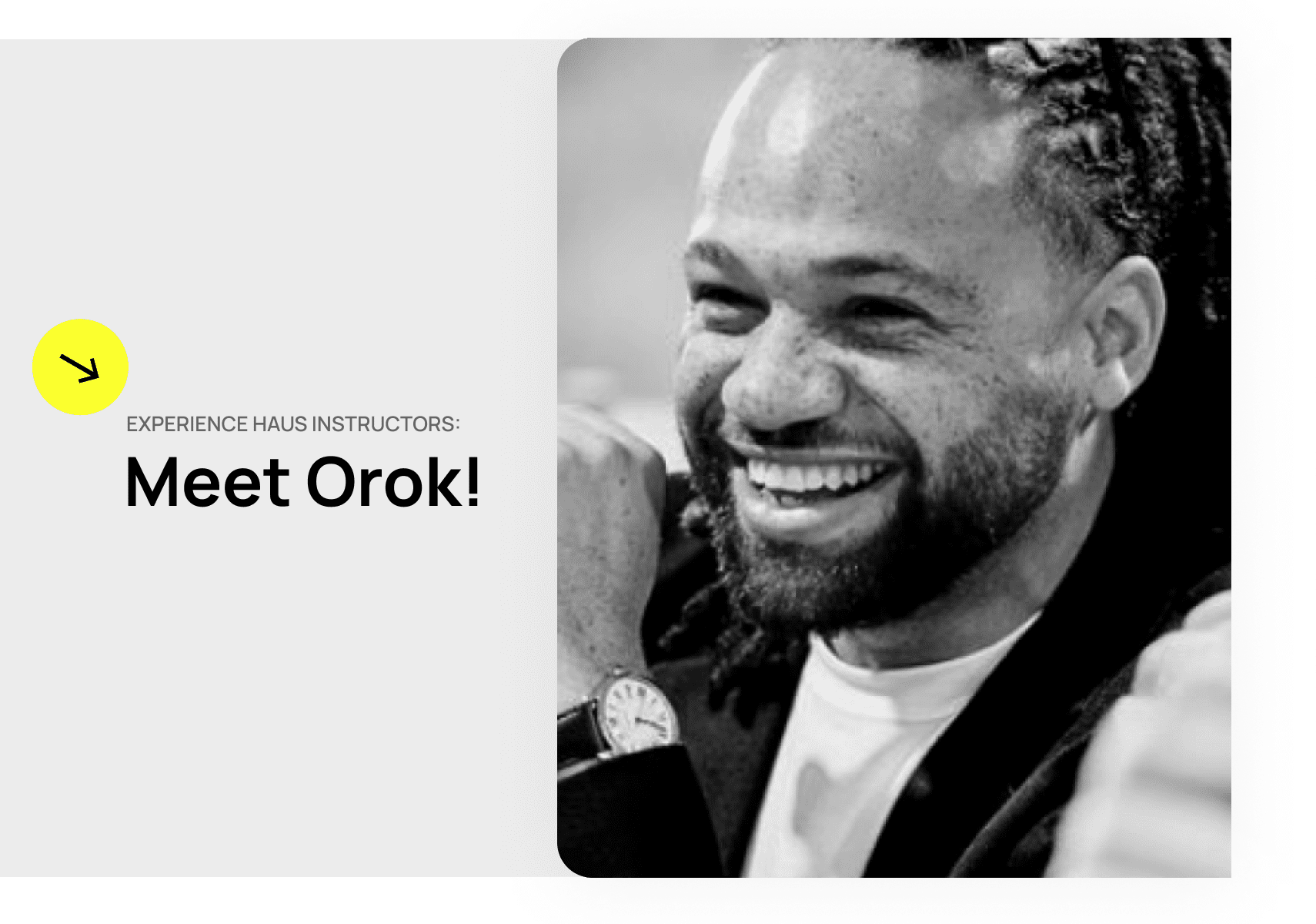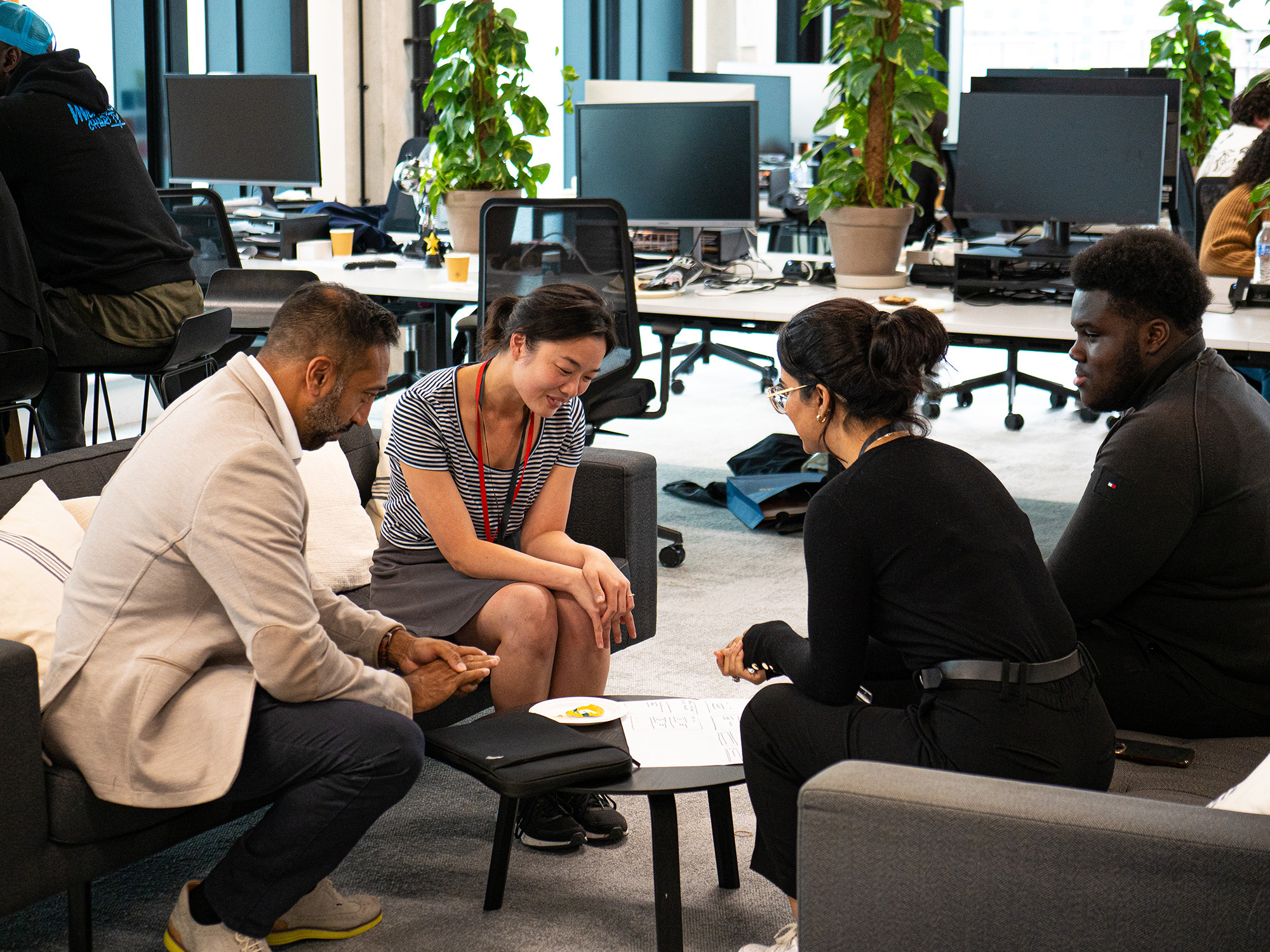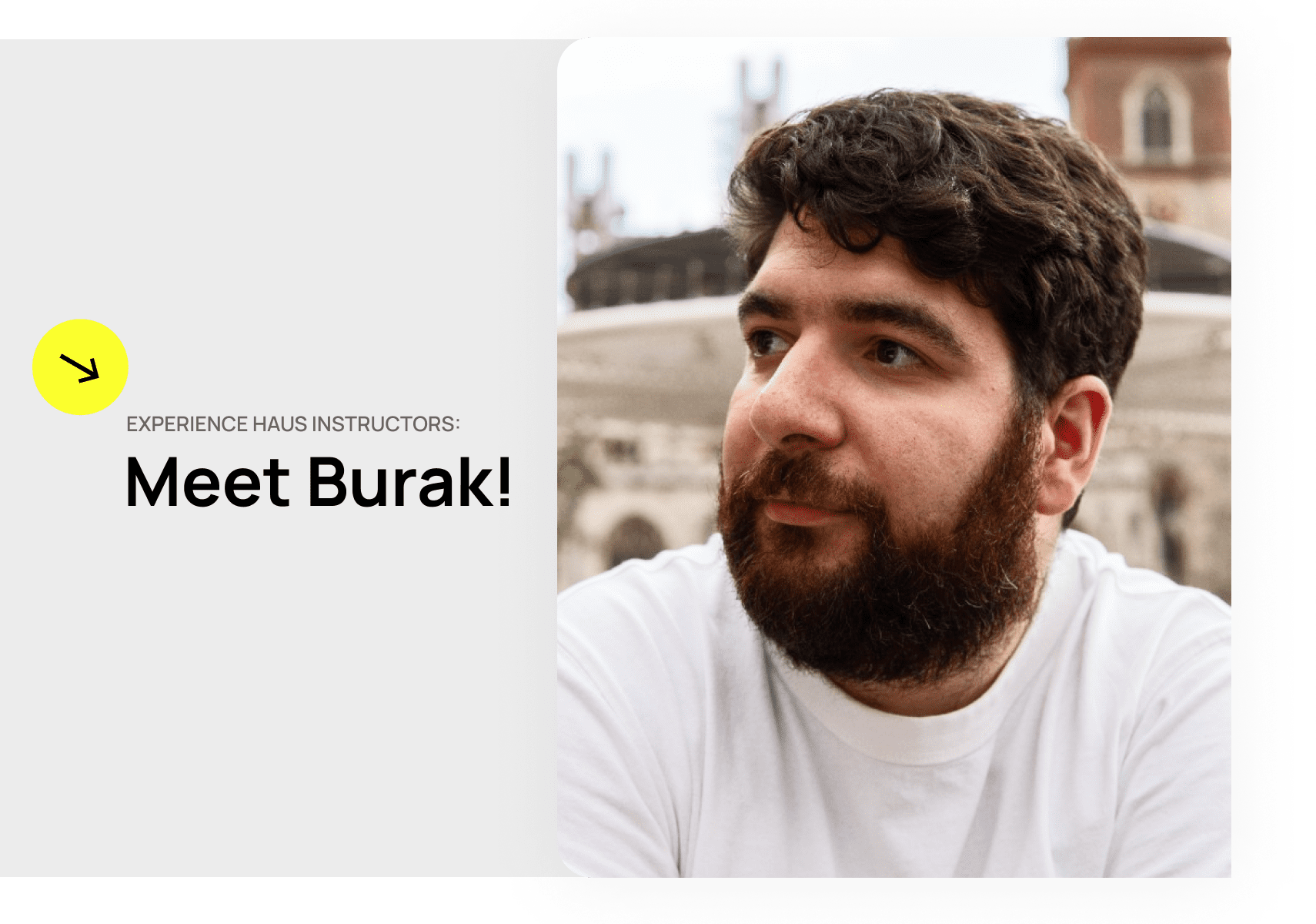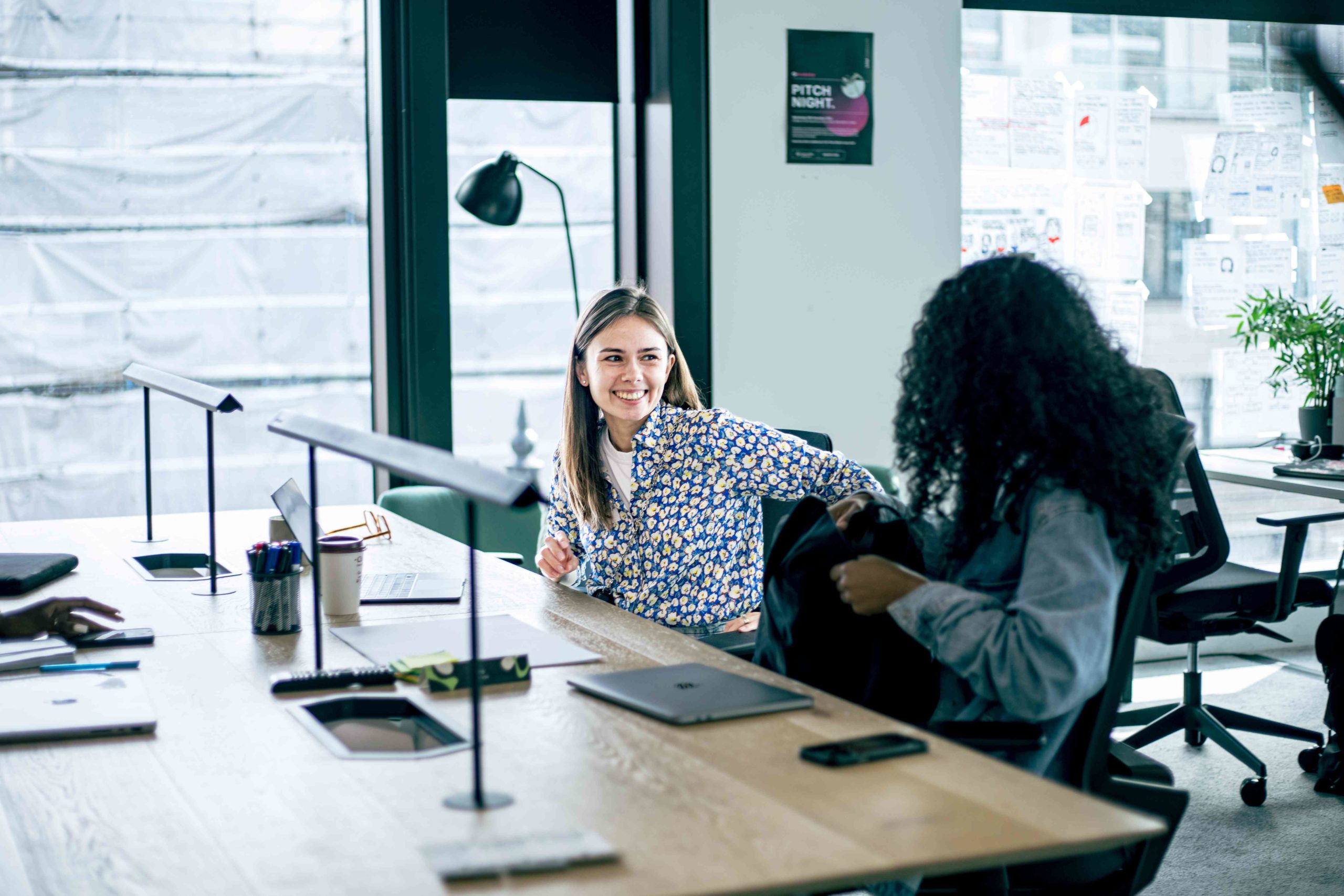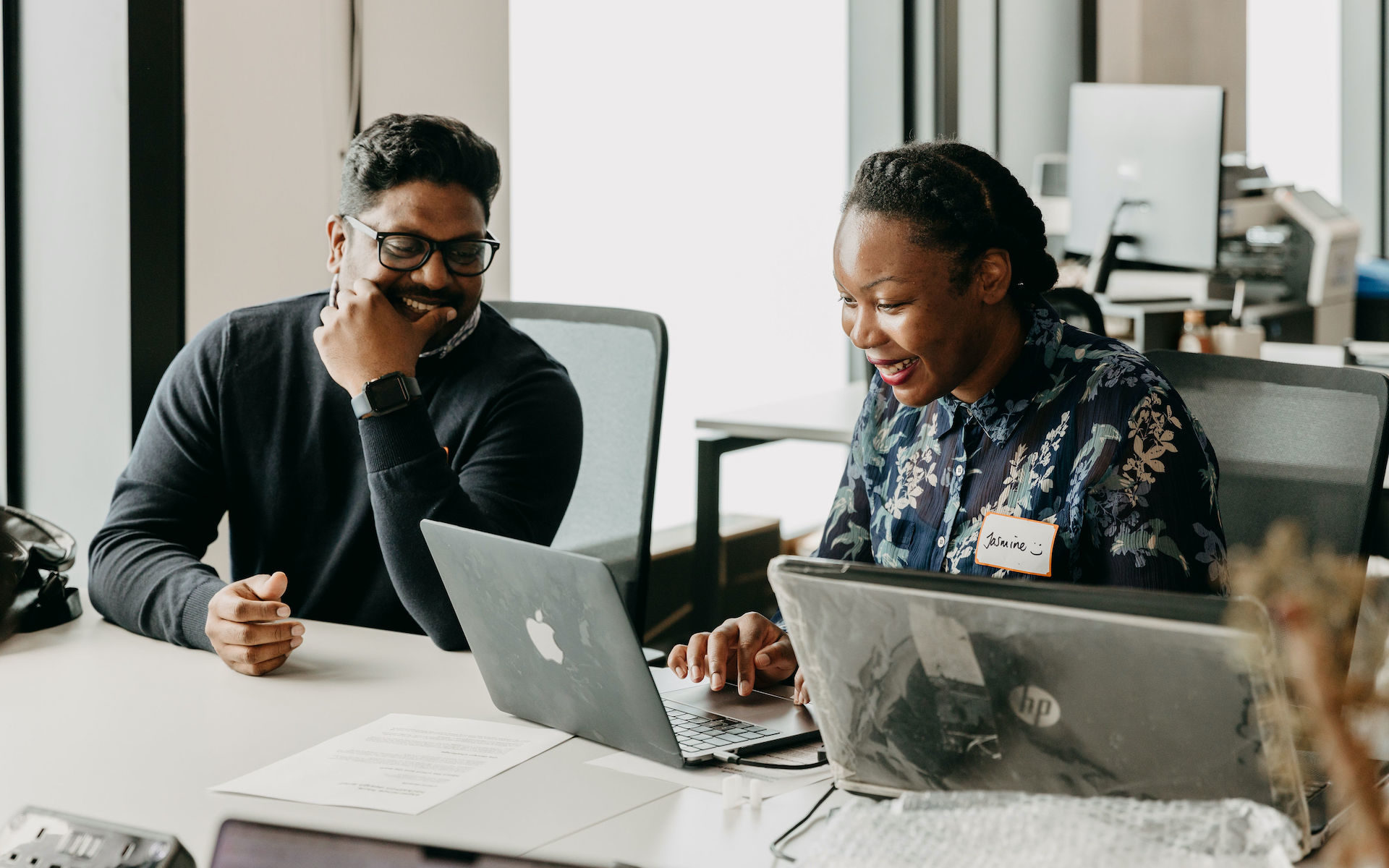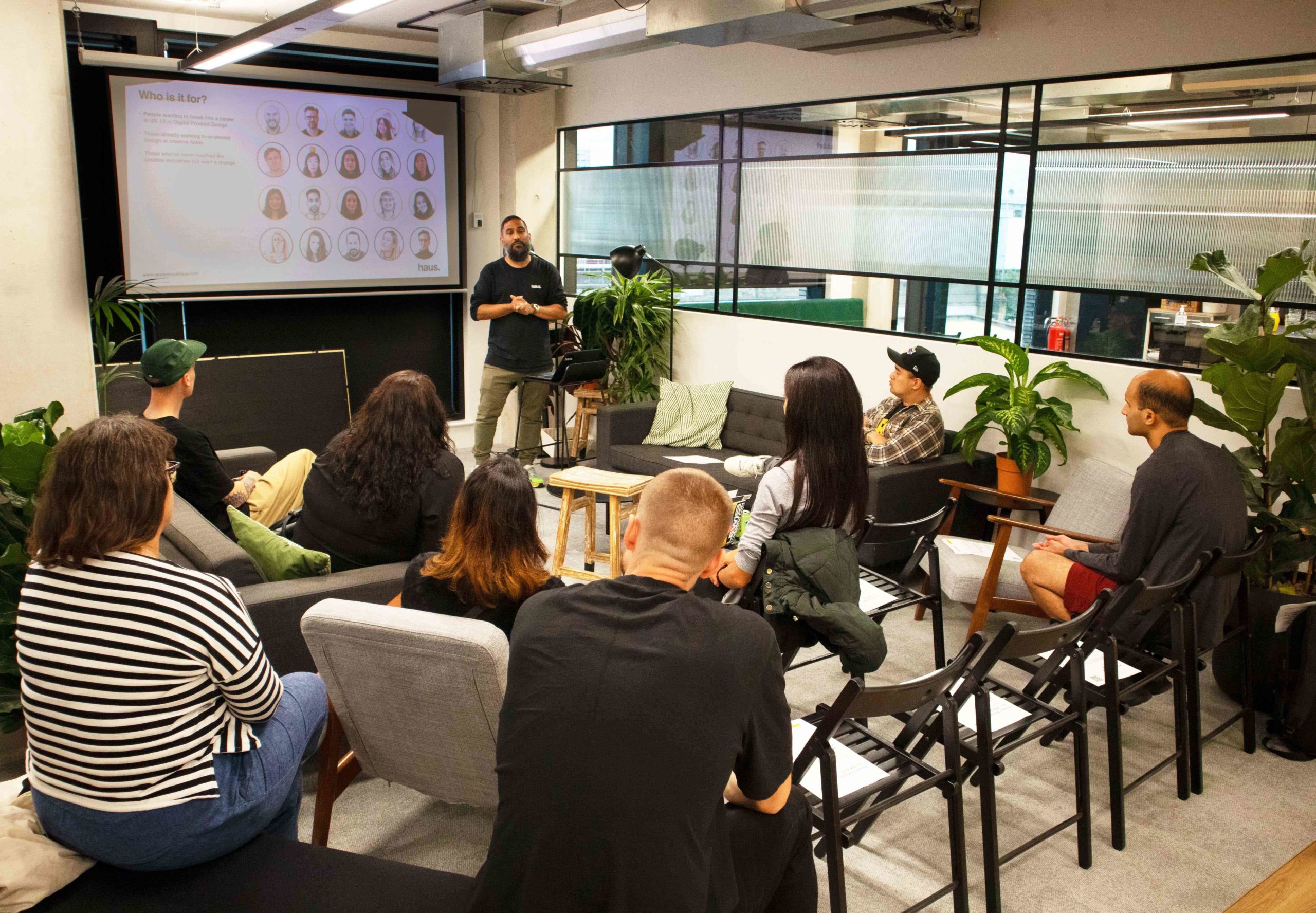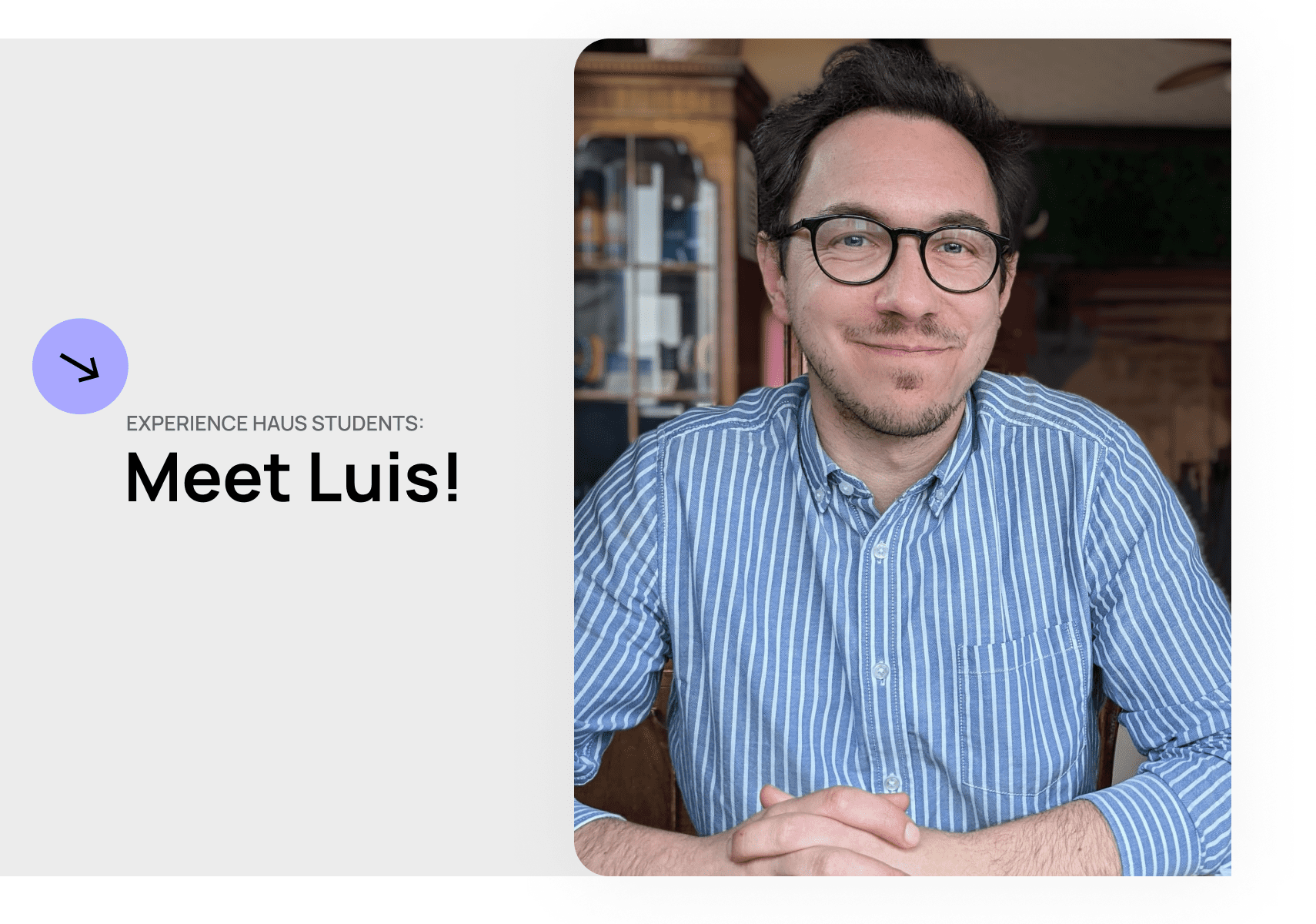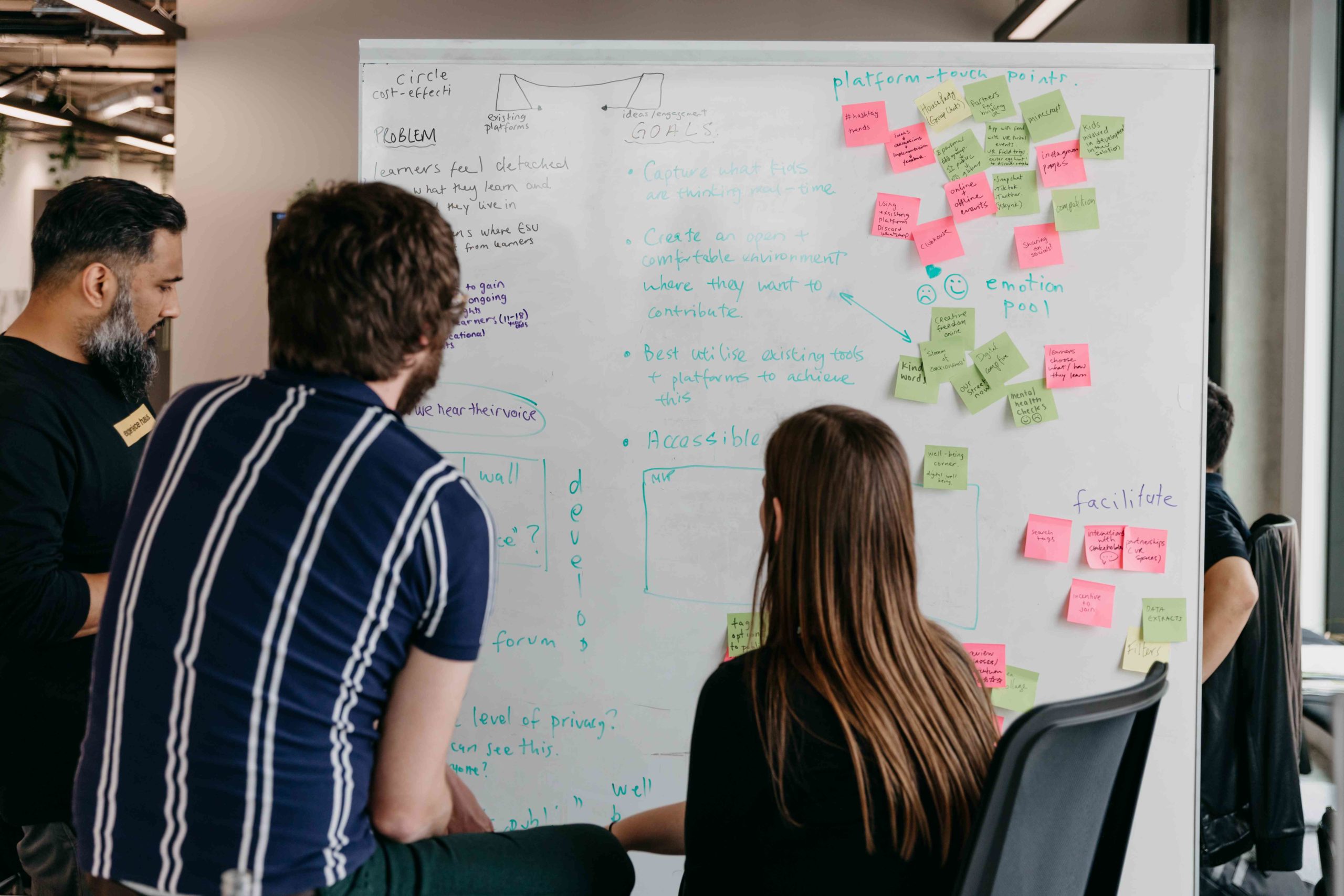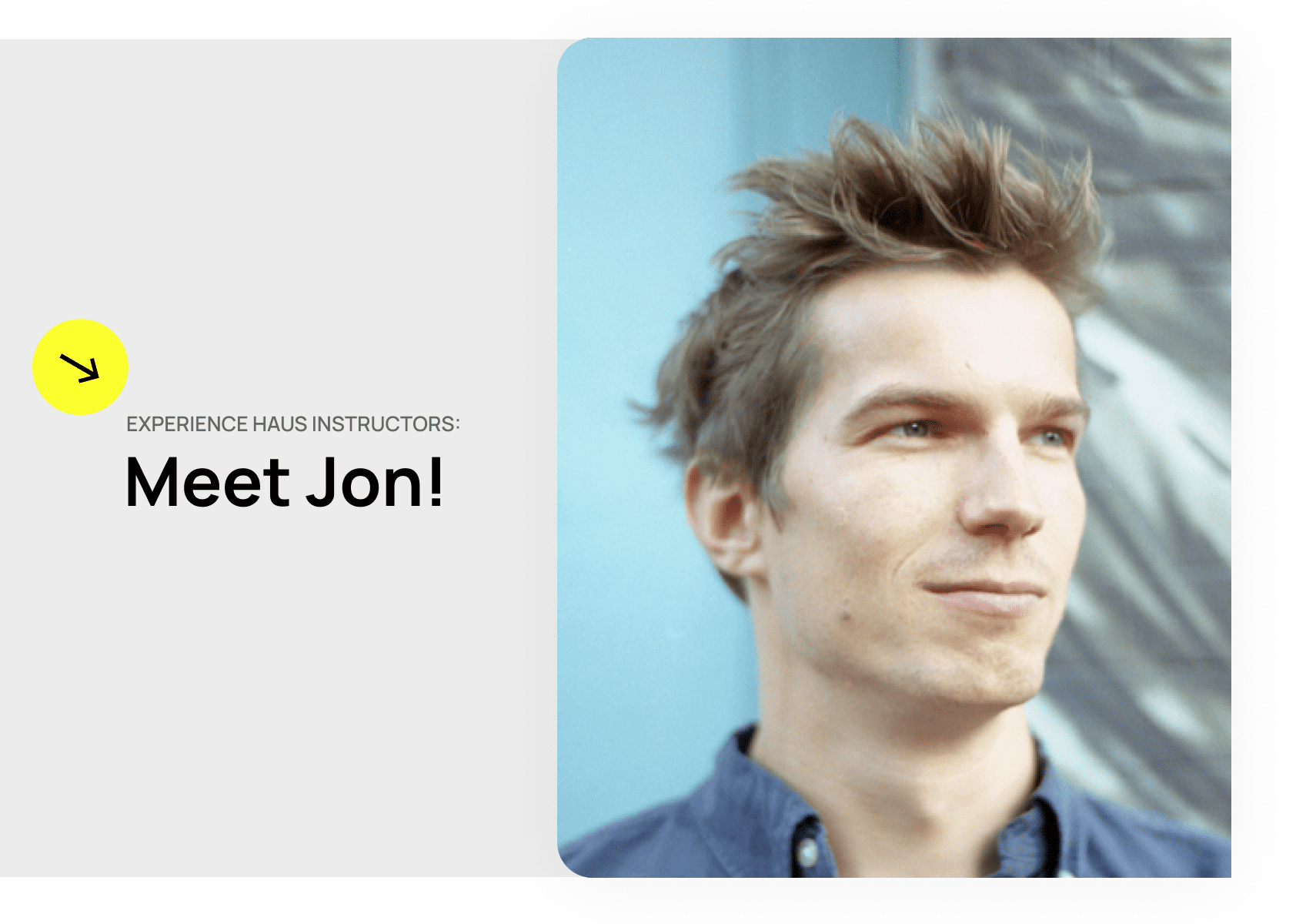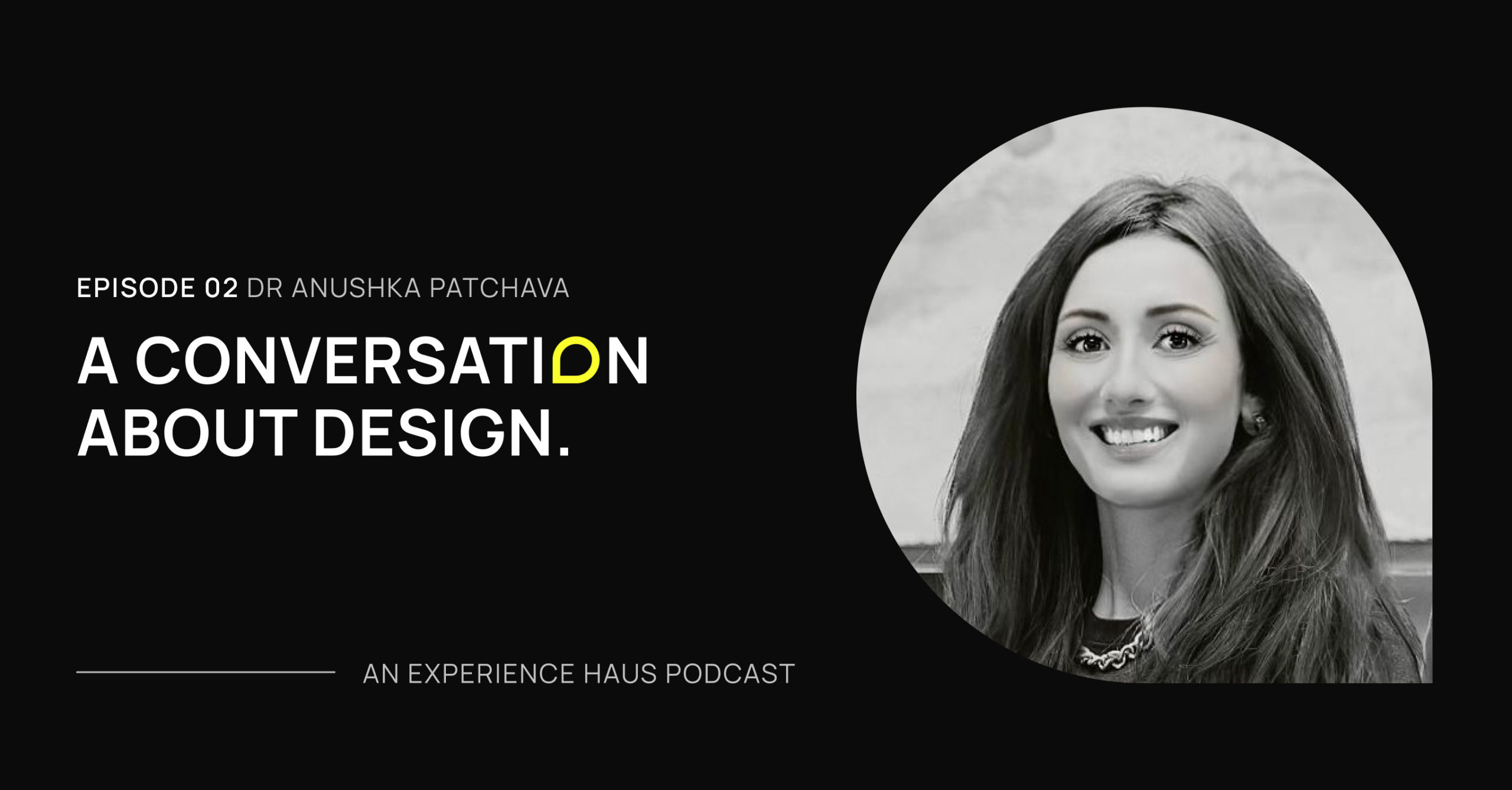In September 2022, Experience Haus co-hosted a first-of-its-kind Design Day from our studio. Alongside 50 of our Experience Haus designers, we invited 50 young people (aged 15-19) to come to our studio to help create a series of digital concepts that could improve the historically strained relationship between young people and the police. In February 2024, nearly 18 months after the original event, the next stage of this exciting project took place.
Once again, Experience Haus designers, students from various schools and colleges across London, and officers from the City of London Police and Metropolitan Police gathered together to come up with further solutions to tackle the lack of trust and low confidence young people have in the police.
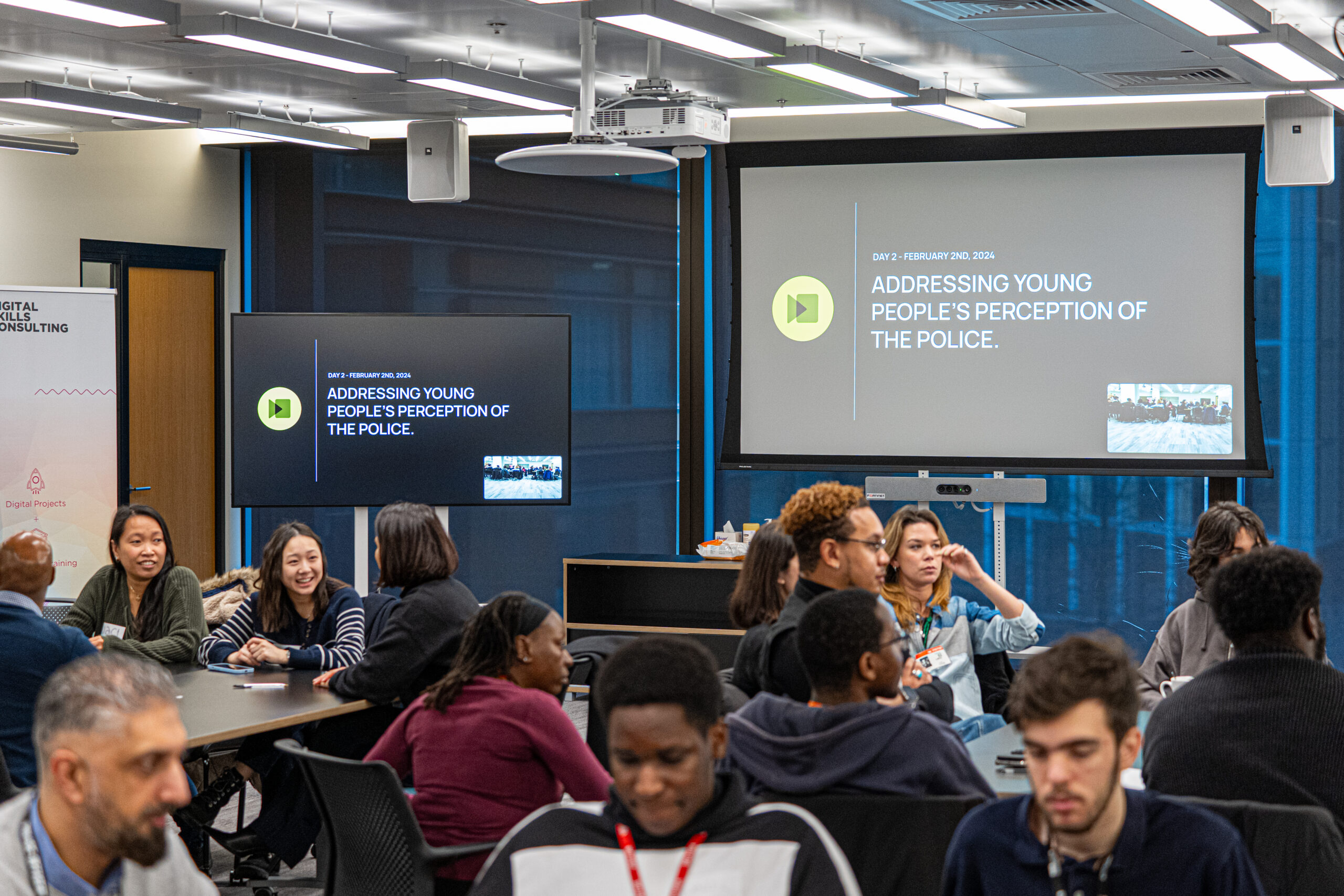
We split the attendees into 5 groups that included designers, students, police officers and other representatives from government and businesses. They spent the day coming up with solutions to address some of the issues young people face in relation to Stop & Search. The morning involved a lot of conversations between the young people and police where they discussed opinions from both sides, and what could be done to improve the situation. Once a solution had been agreed on, the designers stepped in to create digital versions of these ideas that would be presented back to the police at the end of the day. It was the student’s job to stand up and present their design prototypes back to the whole room, explaining how the solution could improve the relationship between young people and the police. These designs have now been passed onto the police, with the idea that they will choose one to be developed and built.
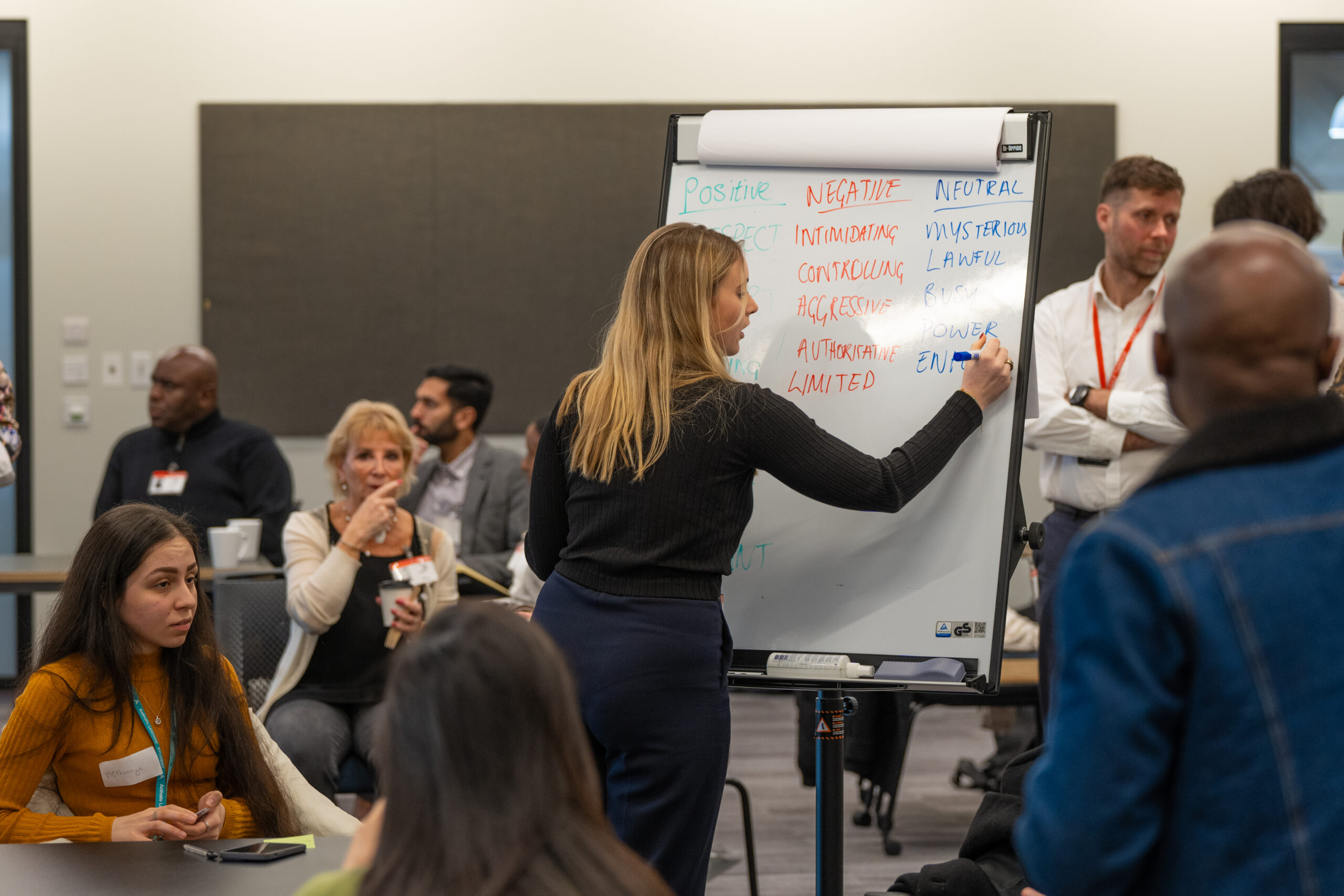
The workshop gave these young people a fantastic opportunity to make their voices heard and play a pivotal role in the future of this relationship. In addition to meeting members of both police forces, they met with mentors, employers, business and government leaders, and other students from different colleges, helping them develop teamwork and networking skills that they can take into their future careers.

Like all these events, it takes an army to put something like this together. The idea was devised by Digital Skills Consulting, who have closely worked with Experience Haus for some years now, and included students (aged 15-19) from schools and colleges across London, including Barking & Dagenham College, Sir George Monoux College, City of London Academy Islington, Activate Learning, City Academy Southwark, Vallance Community Sports Association Ltd. and the City Academy, Hackney.
According to Julia von Klonowski of Digital Skills Consulting: “This was another fantastic day, and the young people were amazing. They were engaged, curious and resourceful and, working alongside the designers and the police officers. They came up with some `gold nuggets’ in terms of ideas to incorporate into a digital solution, website, or App, that will hopefully be developed and start to improve some of the negative perceptions of police by young people, but also improve perceptions of the young people by the police!”
Amit Patel, Creative Director of Experience Haus said: “Giving the young people of today a voice in societal changes is so important to helping us change the way our lives will be lived moving forward. Giving them that voice through design, and providing them inspiration from designers who work everyday on creative problem solving, helps make this happen. I firmly believe that everyone involved in this day has left understanding the power of co-creation.”
Chief Superintendent Bill Duffy from the City of London Police said: “This event has been brilliant. It has meant we can engage with the youth of London and improve our service to them. All the partners want to see change and we want to understand what we can do to make this happen.
Young people have great minds and are happy to challenge the way we think and our processes. This is what we need. Having people of all different ages, from all different backgrounds is a really interesting prospect in terms of what we could deliver.”
Superintendent Lucky Singh of the Metropolitan Police Service said: “We know that consultation and communication with our communities is really important, particularly engaging with young people and listening to them.
We are committed to community policing and getting back into the heart of it. We need to build trust and confidence with the public to effectively support our communities.”


